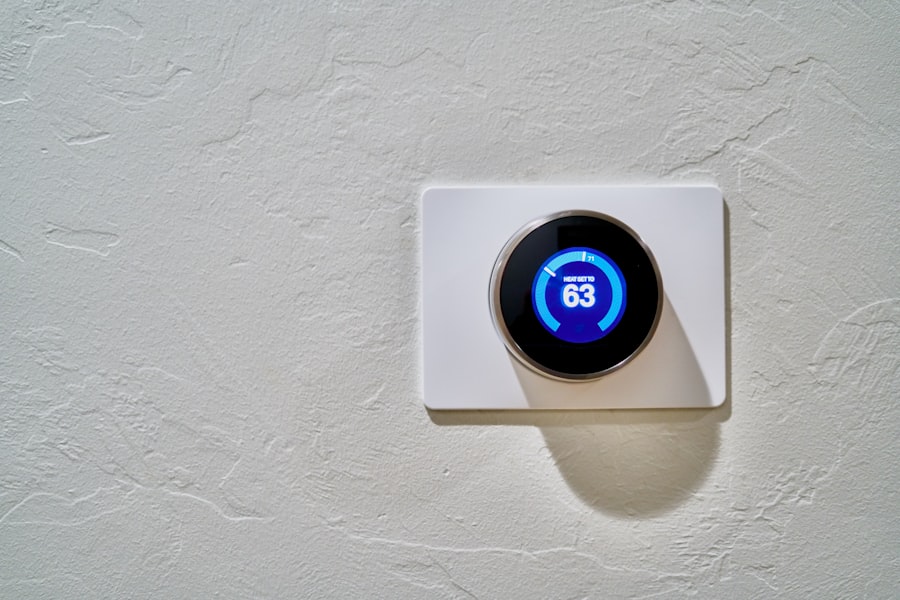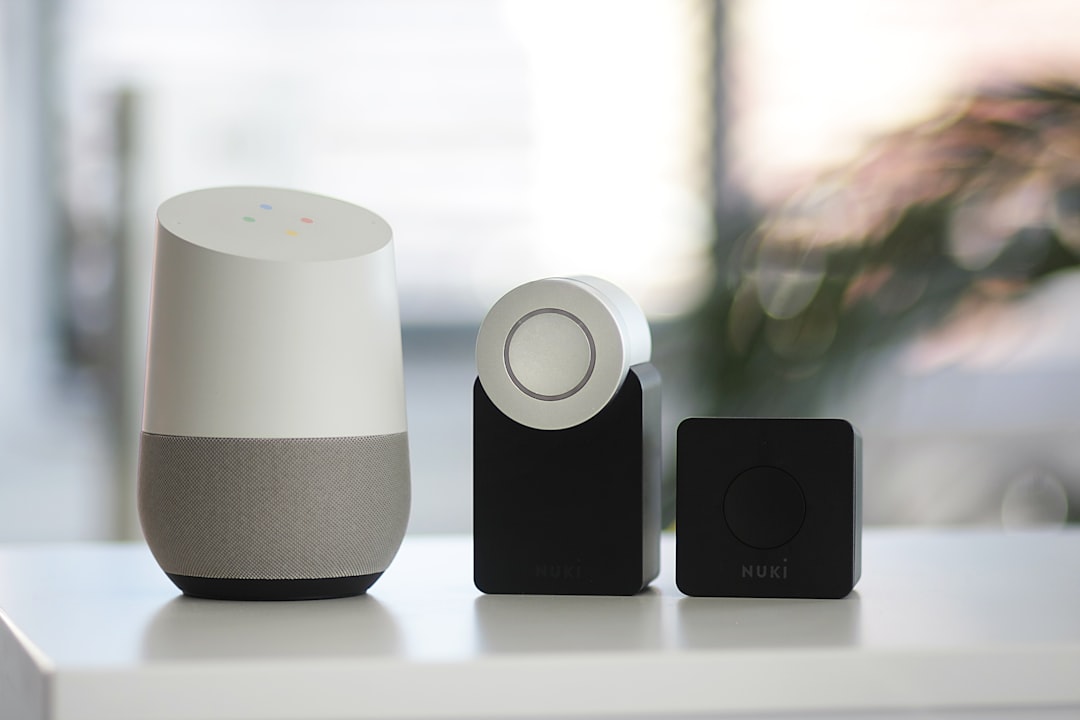In the realm of artificial intelligence, few innovations have made as significant an impact on everyday life as Amazon Alexa. Launched in 2014, this voice-activated virtual assistant has transformed the way we interact with technology, making it more intuitive and accessible. Alexa is not just a simple voice command tool; it is a sophisticated AI that can understand natural language, learn from user interactions, and integrate seamlessly with a plethora of smart devices.
With its ability to perform a wide range of tasks—from playing music and providing weather updates to controlling smart home devices—Alexa has become a staple in many households. The technology behind Alexa is rooted in advanced machine learning algorithms and natural language processing. This allows the assistant to comprehend context, recognize different accents, and even respond to follow-up questions.
As a result, users can engage in fluid conversations with Alexa, making it feel less like interacting with a machine and more like conversing with a knowledgeable friend. The continuous updates and improvements to Alexa’s capabilities ensure that it remAIns at the forefront of AI technology, adapting to the evolving needs of its users.
Key Takeaways
- Amazon Alexa is a voice-controlled virtual assistant that can perform a variety of tasks and interact with smart home devices.
- Setting up Amazon Alexa in your home involves downloading the Alexa app, connecting the device to Wi-Fi, and customizing settings.
- Amazon Alexa can be used to control smart home devices such as lights, thermostats, and security cameras, making it convenient for users to manage their home environment.
- Customizing the Amazon Alexa experience involves adding skills and creating routines to personalize the assistant’s capabilities and responses.
- Integrating Amazon Alexa with other smart home systems allows for seamless control and automation of various devices, creating a more connected and efficient home environment.
Setting Up Amazon Alexa in Your Home
Setting up Amazon Alexa is a straightforward process that can be accomplished in just a few steps.
Once you have your device, plug it in and download the Amazon Alexa app on your smartphone or tablet.
The app serves as the central hub for managing your Alexa experience, allowing you to customize settings, add devices, and explore various features. After installing the app, follow the on-screen instructions to connect your device to your Wi-Fi network. This step is crucial, as a stable internet connection is required for Alexa to function effectively.
Once connected, you can personalize your Alexa experience by selecting your preferred language, setting up voice recognition for multiple users, and linking your music streaming services. The setup process is designed to be user-friendly, ensuring that even those who are not tech-savvy can get their Alexa device up and running in no time.
Using Amazon Alexa to Control Your Smart Home Devices

One of the standout features of Amazon Alexa is its ability to control a wide array of smart home devices. From smart lights and thermostats to security cameras and door locks, Alexa acts as a central command center for your home automation system. By simply using voice commands, you can adjust the temperature, turn on or off lights, or even check the status of your security system without lifting a finger.
Integrating smart home devices with Alexa is typically a seamless process. Most manufacturers provide compatibility with Alexa through their respective apps or by using the Alexa app itself. Once linked, you can create groups for different rooms or functions, allowing for more efficient control.
For instance, you could say, “Alexa, turn off all the lights,” and watch as every connected light in your home responds simultaneously. This level of convenience not only enhances your daily routine but also contributes to energy efficiency by allowing you to manage your devices more effectively.
Customizing Your Amazon Alexa Experience with Skills and Routines
| Metrics | Skills | Routines |
|---|---|---|
| Number of available options | Over 100,000 skills | Customizable routines |
| User engagement | Active user base | Increased usage |
| Personalization | Customizable to user preferences | Personalized daily routines |
| Integration with other devices | Compatible with smart home devices | Seamless integration with other routines |
To further enhance your interaction with Amazon Alexa, users can explore the vast library of skills available through the Alexa app. Skills are essentially third-party applications that expand Alexa’s functionality, enabling it to perform specific tasks or provide information tailored to your interests. Whether you’re looking for cooking tips, workout routines, or even meditation guides, there’s likely a skill that fits your needs.
In addition to skills, routines allow users to automate multiple actions with a single command. For example, you could create a morning routine that includes turning on the coffee maker, adjusting the thermostat, and reading the news—all triggered by saying “Alexa, start my day.” This level of customization not only streamlines daily tasks but also adds a personal touch to your interactions with Alexa. As you explore and experiment with different skills and routines, you’ll discover new ways to make your life easier and more enjoyable.
Integrating Amazon Alexa with Other Smart Home Systems
Amazon Alexa’s versatility extends beyond its own ecosystem; it can also integrate with various other smart home systems and platforms. This interoperability allows users to create a cohesive smart home experience that leverages the strengths of multiple technologies. For instance, if you have devices from brands like Philips Hue for lighting or Nest for temperature control, you can easily connect them to Alexa for unified control.
The integration process typically involves linking your accounts through the Alexa app and enabling specific skills associated with those devices. Once set up, you can issue commands that encompass multiple systems. For example, saying “Alexa, movie time” could dim the lights and adjust the thermostat while turning on your smart TV—all in one go.
This capability not only enhances convenience but also allows for creative automation scenarios that can adapt to your lifestyle.
Privacy and Security Considerations with Amazon Alexa

As with any technology that collects data and interacts with users’ personal lives, privacy and security are paramount concerns when using Amazon Alexa. The device is always listening for its wake word—usually “Alexa”—which raises questions about how much information is being recorded and stored. Amazon has implemented various measures to address these concerns, including options for users to review their voice recordings and delete them if desired.
Moreover, users can enhance their privacy by adjusting settings within the Alexa app. For instance, you can disable voice recording features or mute the microphone on your device when not in use. It’s essential to stay informed about these options and regularly review privacy settings to ensure that your data remains secure.
By taking proactive steps, users can enjoy the benefits of Alexa while minimizing potential risks associated with data privacy.
Troubleshooting Common Issues with Amazon Alexa
Despite its user-friendly design, users may occasionally encounter issues while using Amazon Alexa. Common problems include connectivity issues, unresponsive devices, or difficulties in understanding commands. Fortunately, many of these issues can be resolved through simple troubleshooting steps.
For instance, if your device isn’t responding as expected, checking your Wi-Fi connection or restarting the device often resolves the problem. Additionally, the Alexa app provides valuable resources for troubleshooting common issues. Users can access help articles or contact customer support directly through the app if they encounter persistent problems.
Regularly updating both the device firmware and the app itself can also help prevent issues from arising in the first place. By staying informed about potential challenges and their solutions, users can maintain a smooth and enjoyable experience with their Amazon Alexa devices.
Future Developments and Improvements for Amazon Alexa
As technology continues to evolve at a rapid pace, so too does Amazon Alexa. The company is committed to enhancing its capabilities through ongoing research and development efforts. Future improvements may include more advanced natural language processing algorithms that allow for even more nuanced conversations and better contextual understanding.
This could lead to an AI that not only responds accurately but also anticipates user needs based on previous interactions.
Innovations such as improved energy management systems or health monitoring devices could further expand Alexa’s role in our daily lives.
With each update and enhancement, Amazon aims to solidify Alexa’s position as an indispensable tool for managing our homes and lives efficiently. In conclusion, Amazon Alexa represents a significant leap forward in artificial intelligence technology that has reshaped how we interact with our environments. From setting up devices to controlling smart home systems and customizing experiences through skills and routines, Alexa offers unparalleled convenience and functionality.
While privacy concerns remain important considerations for users, proactive measures can help mitigate risks associated with data collection. As we look ahead to future developments in AI technology, it is clear that Amazon Alexa will continue to evolve and adapt to meet our ever-changing needs in an increasingly connected world.
If you’re interested in how technologies like Amazon Alexa are evolving and integrating into broader digital environments, you might find the article “Exploring the Metaverse: A New Frontier in Digital Reality” particularly enlightening. This piece delves into the expansive realms of digital interaction and virtual spaces, offering insights that could hint at future integrations of voice-assisted technologies in these environments. To explore how devices like Alexa might interact within these new digital frontiers, you can read more about it here.
FAQs
What is Amazon Alexa?
Amazon Alexa is a virtual assistant developed by Amazon, capable of voice interaction, music playback, making to-do lists, setting alarms, streaming podcasts, playing audiobooks, and providing weather, traffic, sports, and other real-time information.
How does Amazon Alexa work?
Amazon Alexa works by using voice recognition technology to understand and respond to voice commands. It processes the user’s voice commands and sends the relevant information or performs the requested action.
What can Amazon Alexa do?
Amazon Alexa can perform a wide range of tasks, including controlling smart home devices, playing music, setting reminders, providing weather updates, answering questions, making shopping lists, and much more.
How does Amazon Alexa control smart home devices?
Amazon Alexa can control smart home devices by connecting to them through Wi-Fi or Bluetooth and using voice commands to turn them on or off, adjust settings, or perform other actions.
Can Amazon Alexa play music?
Yes, Amazon Alexa can play music from various streaming services such as Amazon Music, Spotify, Pandora, and others. Users can simply ask Alexa to play a specific song, artist, or genre.
Can Amazon Alexa provide information and answer questions?
Yes, Amazon Alexa can provide information and answer questions on a wide range of topics, including general knowledge, news, sports scores, and more. Users can ask Alexa for information and receive a spoken response.
Can Amazon Alexa be used as a shopping assistant?
Yes, Amazon Alexa can be used as a shopping assistant by allowing users to add items to their Amazon shopping cart, create shopping lists, and even place orders for products through voice commands.











Leave a Reply